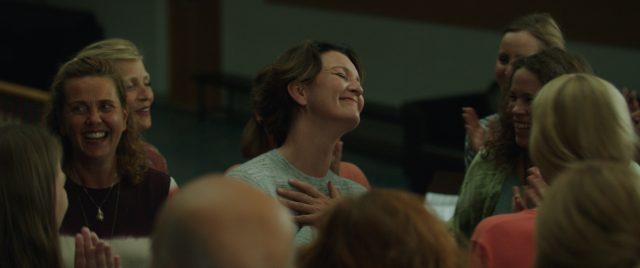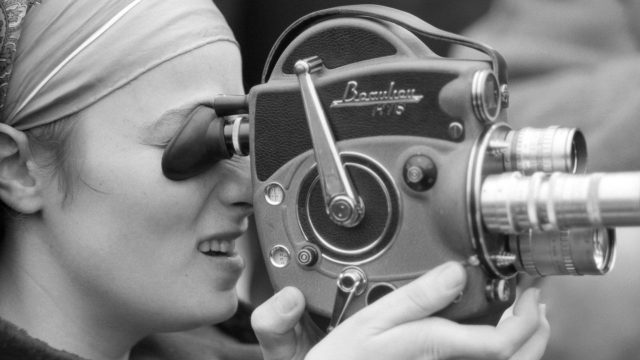
Documentary explores the fast and furious life of underground filmmaker Barbara Rubin
BARBARA RUBIN & THE EXPLODING NY UNDERGROUND (Chuck Smith, 2018)
IFC Center
323 Sixth Ave. at West Third St.
Opens Friday, May 24
212-924-7771
junofilms.com
www.ifccenter.com
 At the beginning of Chuck Smith’s Barbara Rubin & the Exploding NY Underground, which opens May 24 at IFC, author Ara Osterweil discusses the first time she saw Barbara Rubin’s 1963 avant-garde shocker Christmas on Earth. “I remember just watching it and being utterly blown away, really not being able to believe that a film like that even existed. I said, Who made this film? Who is Barbara Rubin?” I felt the same way last fall when I saw the exhibition “The Velvet Underground Experience,” which included a tribute to Rubin by Jonas Mekas as well as a small room where Christmas on Earth was projected. Fifty-five years after its release, after the pill, the sexual revolution, and Stonewall, the film still merits a warning sign, as the daring, provocative sexuality it depicts and the work’s unusual visual style are not for everyone.
At the beginning of Chuck Smith’s Barbara Rubin & the Exploding NY Underground, which opens May 24 at IFC, author Ara Osterweil discusses the first time she saw Barbara Rubin’s 1963 avant-garde shocker Christmas on Earth. “I remember just watching it and being utterly blown away, really not being able to believe that a film like that even existed. I said, Who made this film? Who is Barbara Rubin?” I felt the same way last fall when I saw the exhibition “The Velvet Underground Experience,” which included a tribute to Rubin by Jonas Mekas as well as a small room where Christmas on Earth was projected. Fifty-five years after its release, after the pill, the sexual revolution, and Stonewall, the film still merits a warning sign, as the daring, provocative sexuality it depicts and the work’s unusual visual style are not for everyone.
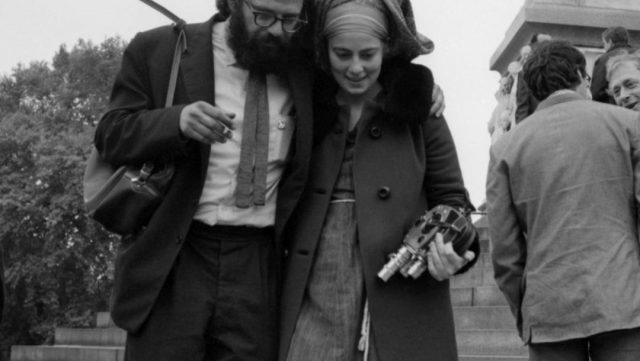
The special relationship between Allen Ginsberg and Barbara Rubin is key part of film
Smith traces Rubin’s dramatic life and career through home movies, photographs, letters, archival footage, and more, much of it provided by Mekas, who had saved all the material Rubin shot and the letters they sent to each other, some of which are read in the film. Rubin was born in Cambria Heights in 1945, was institutionalized as a teenager, experienced drug problems, and got a job interning for Mekas at the Film-Makers Cooperative. She made Christmas on Earth when she was only eighteen and quickly became a spark in the downtown community, serving as muse and catalyst, bringing unique people together, and attacking her art with energy and zeal. “She had the most transcendentally beautiful face I’ve ever seen,” author and film critic Amy Taubin says. “She didn’t look like a boy. She didn’t look like a girl. She looked like someone decided to paint an angel.”
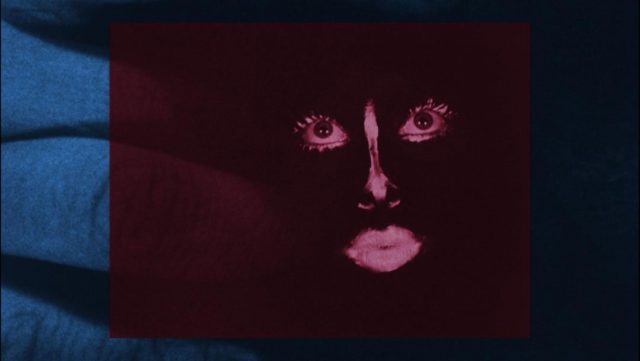
Barbara Rubin made Christmas on Earth when she was still a teenager
Rubin and Mekas tied up a projectionist at a Belgian film festival so they could show Jack Smith’s controversial Flaming Creatures; she introduced Andy Warhol to the Velvet Underground; she appeared in one of Warhol’s Screen Tests and in Kiss; she fell in love with Allen Ginsberg and organized an important poetry event in London; she studied Judaism with Bob Dylan. “Barbara embraced underground film with a religious fervor, and she thought that the act of filming something could change the world,” film critic and curator J. Hoberman explains. And then, in a decision just as shocking as the rest of her life, she gave up the freedom and individuality she so coveted to marry a Hasidic Jew, moving to France and starting a family, following the strict precepts of Orthodox Judaism. It’s a twist that would not be believed in a fiction film.
Smith (Forrest Bess: Key to the Riddle) also speaks with Rubin’s fellow filmmakers Wendy Clarke and Stephen Bornstein; her friends Debra Feiner Coddington — the star of Christmas on Earth — and Rosebud Feliu-Pettet; playwright Richard Foreman; Warhol actor Randall Bourscheidt; photographer Gordon Ball; and Rubin’s aunt and cousin, who all share unique stories about her, as if they are describing different people rather than the same woman. Smith, who directed, produced, and edited Barbara Rubin & the Exploding NY Underground, compiles his documentary by mimicking Rubin’s style, employing split screens and superimpositions along with an avant-garde score by Lee Ranaldo and songs by Dylan, the Velvet Underground, John Coltrane, and others. It’s a riveting tale of an extraordinary, seemingly uncontrollable force, a supremely talented woman dealing with mental illness, a central figure in an artistic movement who was gone too soon. Smith will participate in Q&As at the 7:30 show on May 24 with Peter Hale of the Allen Ginsberg Estate and at the 5:30 show on May 27 with Taubin.

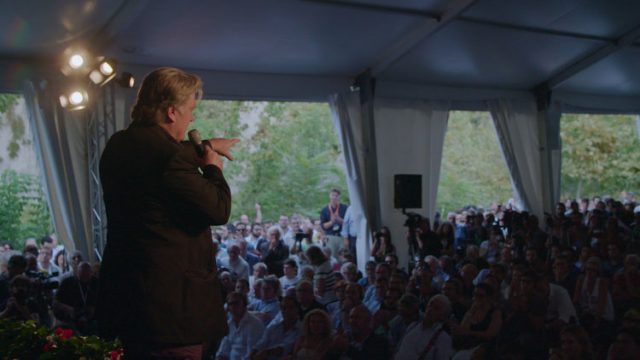
 Liron Ben Shlush gives a heart-wrenching performance as a mother reentering the work force in Israeli feminist director Michal Aviad’s second fiction film, Working Woman. Ben Shlush is Orna, who has three young children and gets a job to help support the family while her husband, Ofer (Oshri Cohen), gets his struggling new restaurant off the ground. She takes a position with her former army commander, Benny (Menashe Noy), a high-powered real estate developer. Despite her lack of experience, Orna is an instant success as a savvy salesperson, pushing exclusive new beachfront luxury property. Orna is dismayed when Benny unexpectedly kisses her against her wishes, but when he continues his advances even as she shoves him away, she finds herself in an old, all-too-common situation, forced to decide whether she controls her body or her boss does; since her body is basically a commodity in this society, her decision is financial as well, as it will affect both her career and her family.
Liron Ben Shlush gives a heart-wrenching performance as a mother reentering the work force in Israeli feminist director Michal Aviad’s second fiction film, Working Woman. Ben Shlush is Orna, who has three young children and gets a job to help support the family while her husband, Ofer (Oshri Cohen), gets his struggling new restaurant off the ground. She takes a position with her former army commander, Benny (Menashe Noy), a high-powered real estate developer. Despite her lack of experience, Orna is an instant success as a savvy salesperson, pushing exclusive new beachfront luxury property. Orna is dismayed when Benny unexpectedly kisses her against her wishes, but when he continues his advances even as she shoves him away, she finds herself in an old, all-too-common situation, forced to decide whether she controls her body or her boss does; since her body is basically a commodity in this society, her decision is financial as well, as it will affect both her career and her family.
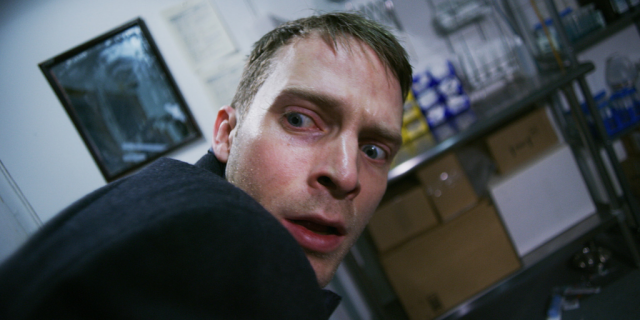
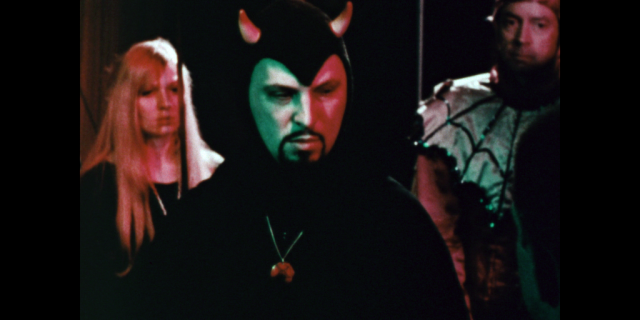

 One of the best, and most important, British films of the last forty years took the long route to reach America, but it’s finally here, and it’s a knockout. In 1973-74, Franco Rosso and Martin Stellman wrote Babylon, a somewhat semiautobiographical story of prejudice and bigotry set around Jamaican sound system culture during the Thatcher era in South London. The BBC rejected it, and after several production companies passed on it as well, it was finally picked up by Mamoun Hassan of the National Film Finance Corporation. The movie was shot in six weeks on location in Deptford and Brixton and received an X rating, despite having limited violence and no sex. It screened at Cannes but was turned down by the New York Film Festival, which considered the subject matter too controversial. The film was restored in 2008, but an old print was shown at BAM in 2012, the only time the film was officially shown in the United States. That is, until now; the scorching tale at last got its American theatrical release March 8 at BAM and has now opened as well at IFC Center, Kew Gardens Cinemas, Nitehawk, and the Magic Johnson Harlem 9. Babylon is a don’t-miss work that is still frighteningly relevant today, even though it was ripped from the headlines of the 1970s.
One of the best, and most important, British films of the last forty years took the long route to reach America, but it’s finally here, and it’s a knockout. In 1973-74, Franco Rosso and Martin Stellman wrote Babylon, a somewhat semiautobiographical story of prejudice and bigotry set around Jamaican sound system culture during the Thatcher era in South London. The BBC rejected it, and after several production companies passed on it as well, it was finally picked up by Mamoun Hassan of the National Film Finance Corporation. The movie was shot in six weeks on location in Deptford and Brixton and received an X rating, despite having limited violence and no sex. It screened at Cannes but was turned down by the New York Film Festival, which considered the subject matter too controversial. The film was restored in 2008, but an old print was shown at BAM in 2012, the only time the film was officially shown in the United States. That is, until now; the scorching tale at last got its American theatrical release March 8 at BAM and has now opened as well at IFC Center, Kew Gardens Cinemas, Nitehawk, and the Magic Johnson Harlem 9. Babylon is a don’t-miss work that is still frighteningly relevant today, even though it was ripped from the headlines of the 1970s.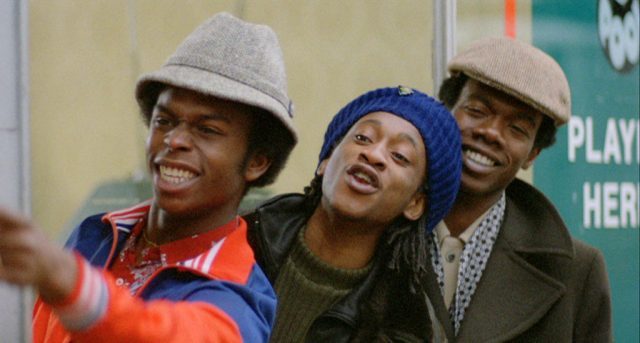
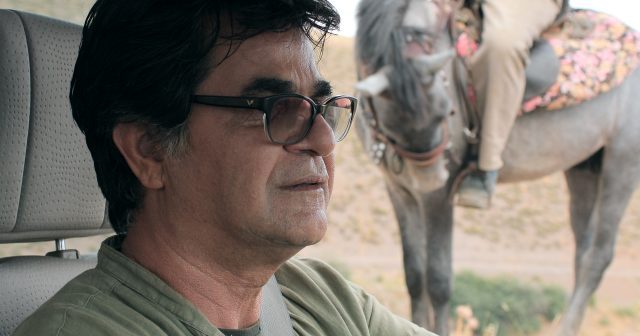
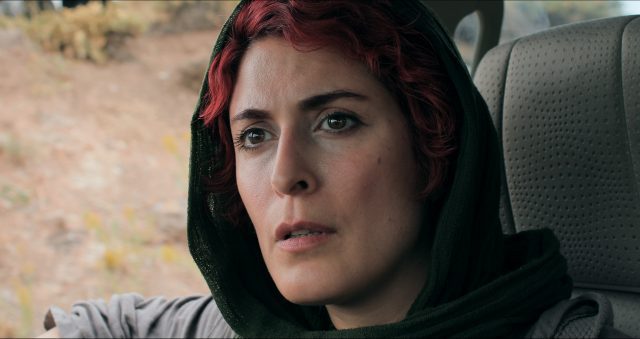
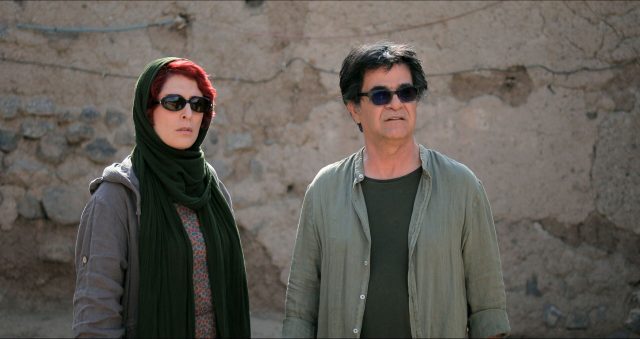

 Writer-director Benedikt Erlingsson has followed up his dazzling 2015 debut,
Writer-director Benedikt Erlingsson has followed up his dazzling 2015 debut, 